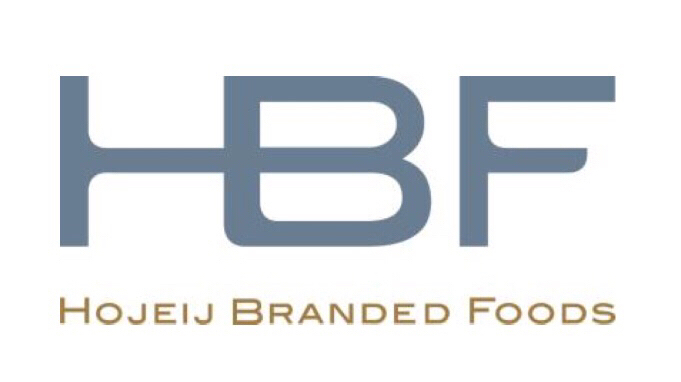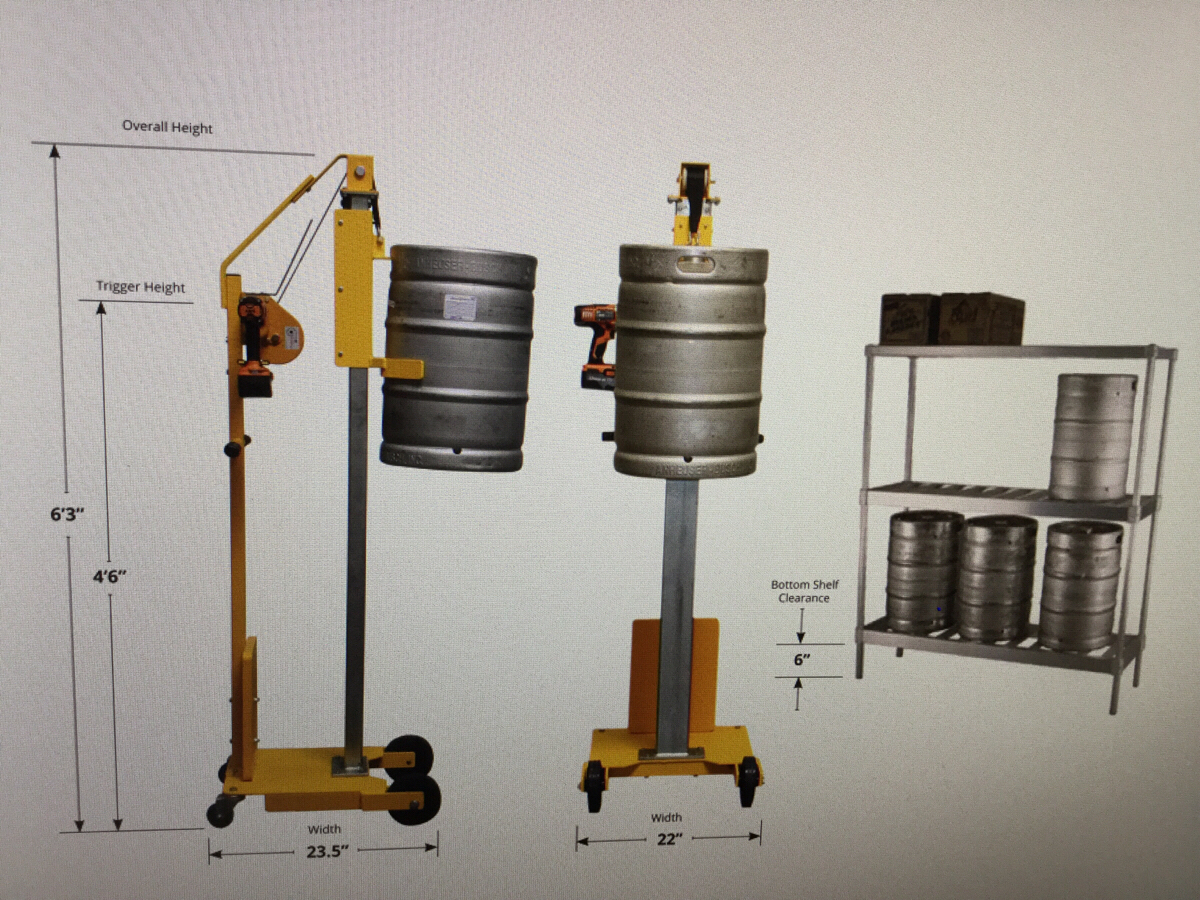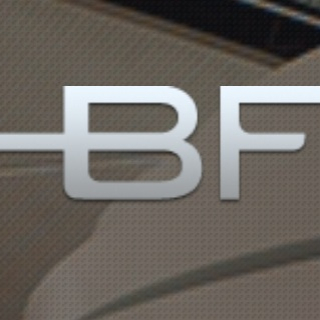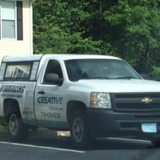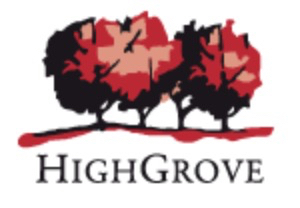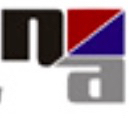Title Page
-
Document No.
-
HBF Safety Audit
-
HBF Location
-
Location
-
Conducted on
-
Prepared by
-
Personnel
Safety Observations
Slips Trips & Falls
-
Are floor mats secured and properly placed? <br><br>For example are mats low profile, free of tears and worn areas, installed in front ice makers, drink stations, sinks etc, and are beveled edge facing out as the leading edge?
-
Are spills and debris cleaned up immiediatly?
-
Are warning signs available and used to identify wet areas?
-
Is lighting adequate in all areas?
-
Are transition thresholds, carperts, and floor tiles in good condition?
-
Are stepladders available, used, and in good condition?
-
Are all employees wearing non slip shoes?
-
Are walking surfaces in good condition?
Safe Lifting
-
Product Storage: Heavier and more frequently used items stored on middle shelf?
-
Twisting is avoided when lifting and lowering?
-
Pushing: vs. Pulling<br><br>When you PUSH... • You can see where you are going. • You cause less stress on the shoulders and decrease the chance for injury.
-
Reach: Not overextended for long period of time
-
Awkward Posture sustained
-
Best Practices Observed:<br> - Employee used Material Handling equipment <br> - Two person lift practice used.
Cut Puncture Safety
-
Protective gloves used when cleaning knives & slicer?<br>When sharpening knives?
-
Knives stored in sheaths, magnetite strips, or knife blocks when not in use?
-
Cut gloves used when operating slicer, using knife,
-
Safety knives (retractable) used when opening boxes?<br> - Where cuts made away from body parts?
-
Can opening procedure follow to avoid sharp edges?
-
PPE used when picking up broken or damaged glassware and serving ware?
Burn Scald
-
When cleaning, are Aerosols kept away from open flame and heat sources?
-
Pots, Pan, & Tray Safety :<br> - Are appropriate cautions taken when handling hot pans, boiled pots, etc. ?<br><br> - Hot pads used, PPE?<br> - Was employee rushed or in a hurry?<br> - Was the pot, pan, tray overfilled?
-
Grease & Oil cooking, <br> - Safe practices followed lowering food into grease away from employee
-
Steam Cookers - <br>Safe Practice followed when using steamers, e.g. <br>- PPE worn,<br>- Door not opened during cooking cycle<br>- Temperature set appropriately for cooking and hold?<br>- Drip pan in place, <br>- Unit cooled fore cleaning (<140 Degrees)
Keg Handling/Storage Safety Full Kegs 50-58 liters usually weigh about 15-160 Lbs.
-
Material handling device used to transport kegs?
-
Keg Handling/Storage Safety
Full Kegs 50-58 liters usually weigh about 135-160 Lbs.
To reduce the risk of injury to workers handling beer kegs, the following are recommended best practices than an employer can take:
- Provide mechanical aids when beer kegs need to be moved. Mechanical devices are available with lifting mechanisms specifically designed to raise/lower beer kegs. There are also devices, such as keg dollies, than can be used to move kegs in the workplace.
- Manage stock levels and design or modify keg storage areas so that lifting, lowering or carrying of beer kegs can be avoided.
- Develop safe work procedures on the techniques, tools and processes implemented by the employer to safely handle the kegs.
- If mechanical aids are not able to be provided, develop work practices in which kegs are rolled, pushed, pulled or slid in order to reduce physical demands. -
-
Material Handling Device used to lift kegs?
-
Kegs Stored Safely?
Safe Behaviors
Safe Behaviors
-
Unsafe behaviors observed - Actions taken to correct & prevent reoccurrence
-
Safe behaviors observed - Actions taken to encourage safe behavior
